Tito Puente, A Percussive Symphony from El Barrio to Global Stardom
In the pulsating heart of Latin music, one name stands tall as an enduring icon – Tito Puente. Born on April 20, 1923, in Spanish Harlem, New York City, Tito Puente emerged as the unparalleled King of Latin Music, leaving an indelible mark on the world of percussion and jazz. This biography delves into the life and career of the maestro whose rhythmic innovations and infectious energy transformed him into a global ambassador for Latin music.
Early Life and Musical Roots:
Ernesto Antonio Puente, known as Tito, was born to Puerto Rican parents in the culturally rich neighborhood of El Barrio. Raised in a household steeped in Afro-Caribbean traditions, Puente’s connection to music was established at a young age. His exposure to the diverse rhythms of Latin jazz, mambo, and Afro-Cuban beats laid the foundation for his future as a groundbreaking percussionist.
The Rise of the Mambo King:
Puente’s early foray into music began with the piano, but it was the timbales – a pair of shallow, single-headed drums mounted on a stand – that would become synonymous with his name. In the 1940s, Puente’s virtuosity on the timbales led him to join the orchestras of influential bandleaders such as Machito and Noro Morales. The mambo craze, which swept through the United States during this period, provided Puente with a platform to showcase his unparalleled talent.
Puente’s Big Break:
The turning point in Puente’s career came when he formed his own orchestra, Tito Puente and His Orchestra, in the late 1940s. The band quickly gained popularity with its electrifying fusion of Afro-Cuban rhythms, jazz improvisation, and danceable beats. Puente’s mastery of the timbales, combined with his charismatic stage presence, earned him the moniker “El Rey del Timbal” (The King of the Timbales). Hits like “Oye Como Va” and “Ran Kan Kan” solidified his reputation as a mambo luminary.
Innovations in Latin Jazz:
Puente’s influence extended beyond the confines of traditional Latin music. A restless innovator, he embraced the evolving sounds of jazz and incorporated them into his compositions. His collaborations with jazz legends like Dizzy Gillespie and Woody Herman showcased his ability to bridge the gap between Latin rhythms and the improvisational nature of jazz. This fusion not only expanded Puente’s audience but also elevated Latin music to new heights on the global stage.
The Palladium Era:
The 1950s and 1960s marked the golden era of Latin music, with the Palladium Ballroom in New York City serving as the epicenter of the mambo craze. Puente’s electrifying performances at the Palladium solidified his status as a mambo icon, drawing crowds from diverse backgrounds. The Palladium era witnessed the convergence of cultures on the dance floor, with Puente’s music acting as the rhythmic glue that brought people together.
Beyond the Stage: Puente’s Educational Legacy:
Tito Puente’s impact on the world of music extended beyond his performances and recordings. Recognizing the importance of passing on his knowledge to future generations, Puente became a passionate advocate for music education. He lectured at universities, conducted workshops, and tirelessly worked to preserve the rich traditions of Afro-Caribbean music. Puente’s commitment to education earned him honorary doctorates and solidified his legacy as a cultural ambassador.
Grammy Success and Later Years:
As the decades unfolded, Puente’s career continued to flourish. His albums garnered critical acclaim, and he received numerous Grammy Awards for his contributions to Latin and jazz music. In the 1990s, Puente’s collaboration with Carlos Santana on the classic “Oye Como Va” introduced his music to a new generation of listeners. Puente remained active and vibrant until his passing on May 31, 2000, leaving behind a legacy that transcends genres and borders.
Puente’s Cultural Impact:
Tito Puente’s influence on the cultural landscape cannot be overstated. His music became a soundtrack for generations, embodying the spirit of celebration and unity. Puente’s ability to seamlessly blend diverse musical elements created a universal language that spoke to people across continents. His impact on popular culture is evident in the countless movies, commercials, and dance competitions that feature his iconic compositions.
Legacy and Perpetual Rhythm:
Tito Puente’s legacy endures in the perpetual rhythm of his music, a timeless beat that continues to resonate with audiences worldwide. His contributions to Latin jazz, mambo, and percussion have left an indelible mark on the history of music. The Tito Puente legacy lives on not only through the recordings that immortalize his genius but also in the countless musicians who have been inspired to pick up the timbales and perpetuate the rhythmic tradition he pioneered.
Conclusion:
Tito Puente’s life journey is a testament to the transformative power of music and the ability of one individual to shape the course of an entire genre. From the streets of Spanish Harlem to the global stage, Puente’s rhythmic innovations and infectious energy made him a trailblazer in the world of Latin music. As the King of the Timbales, Tito Puente reigns eternally, his percussive symphony echoing through the hearts of those who continue to dance to the beat of his enduring legacy.
.- Youtube.com – Tito Puente Link here.


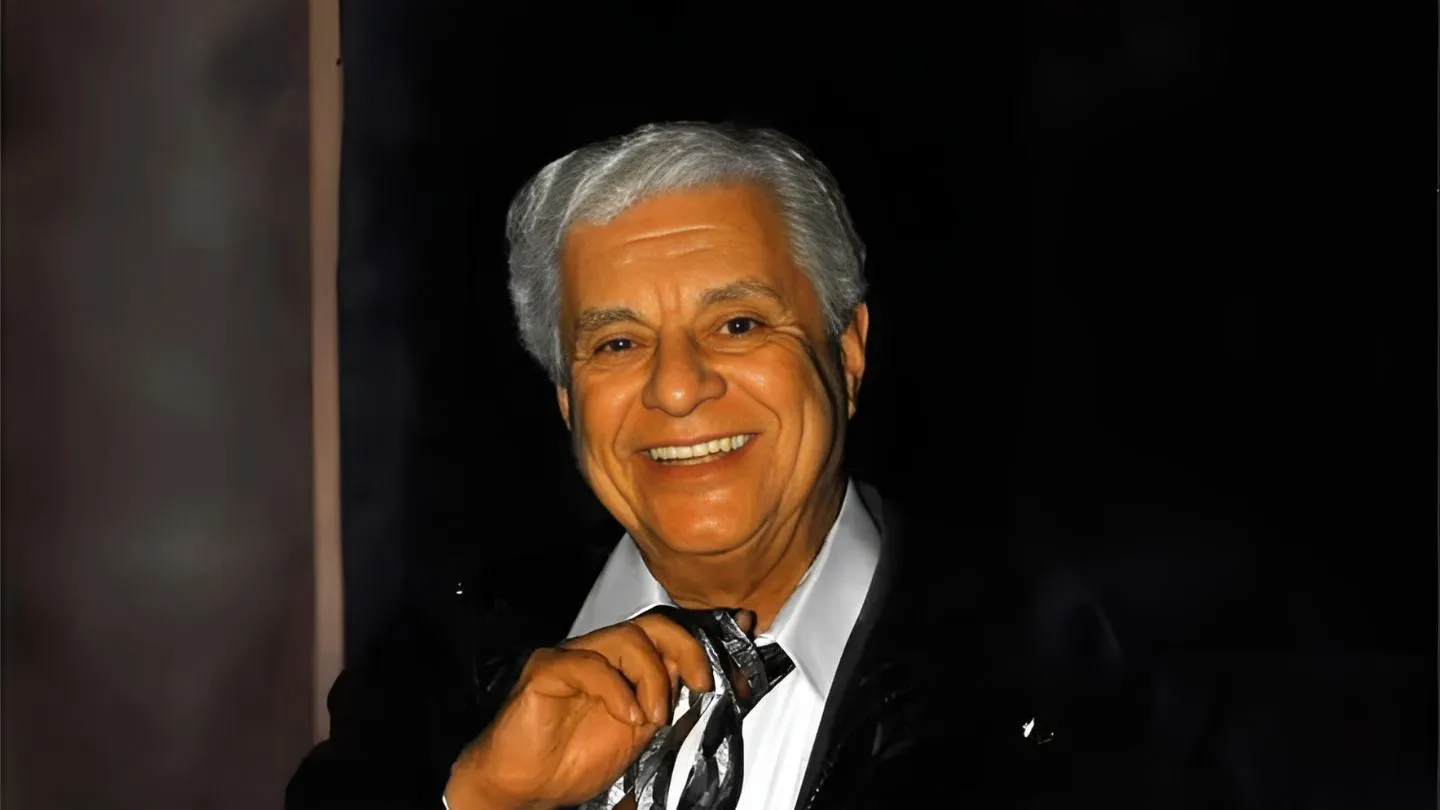


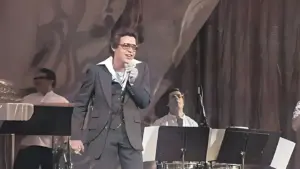





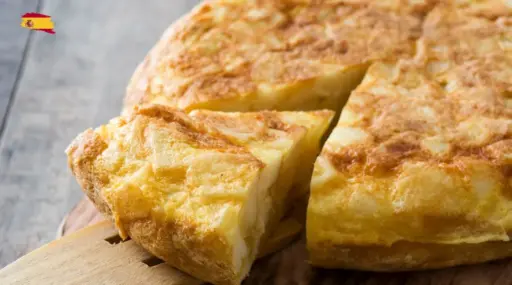



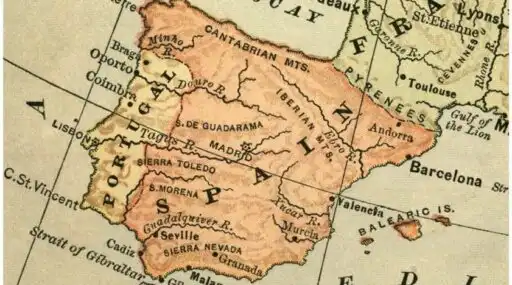

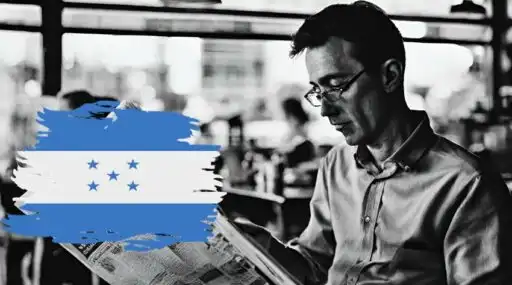


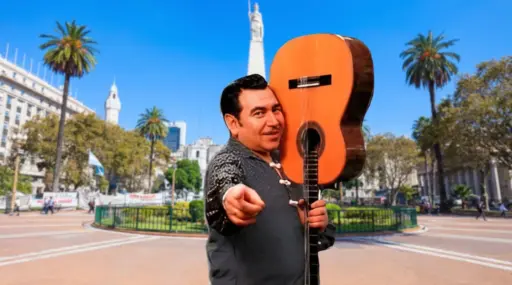
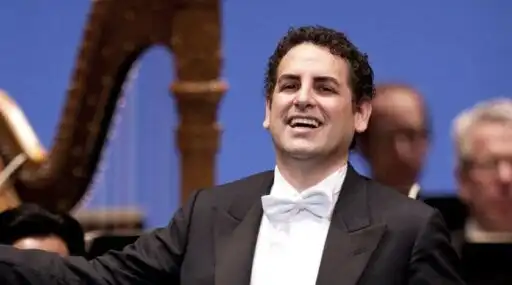



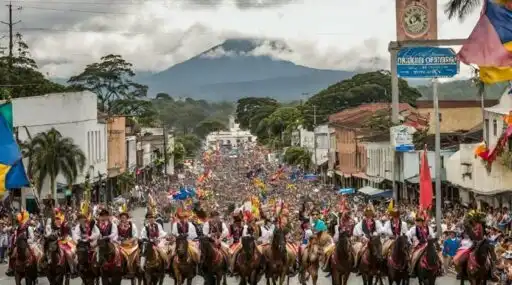








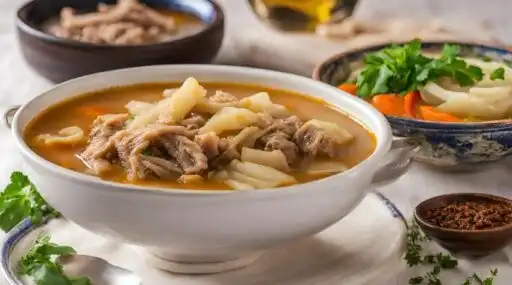

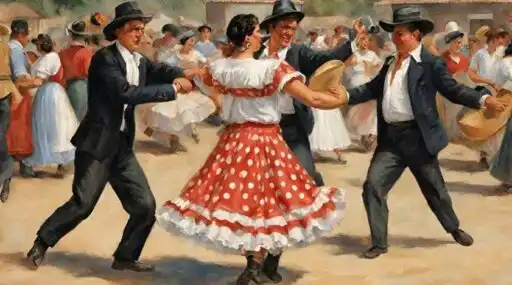

Leave a Reply